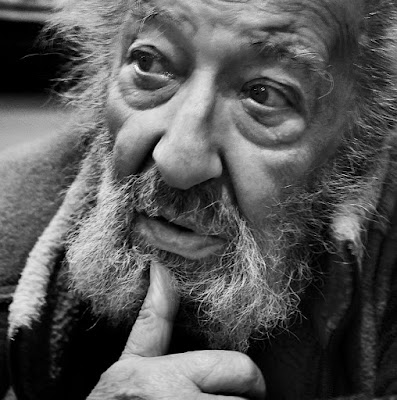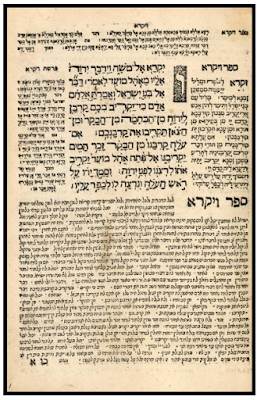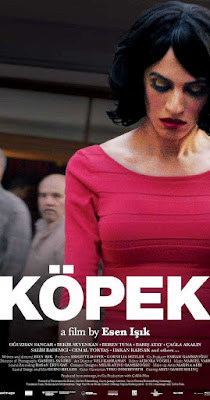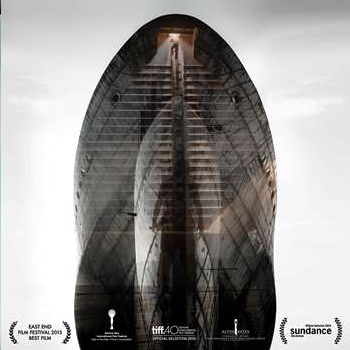Mavi Boncuk |
Turkish film Rauf nominated for the EFA Young Audience Award
The European Film Academy has announced the three nominees for the EFA Young Audience Award 2016: Turkish film "Rauf", directed by Baris Kaya and Soner Caner, Swedish film "Girls Lost", directed by Alexandra-Therese Keining and French film "Miss Impossible", directed by Emilie Deleuze.
The nominations were chosen by an international committee consisting of Melinda Boros (Clorofilm/Romania), Marjo Kovanen (Koulukino/Finland), Beata Marciniak (New Horizons Association/Poland), Marta Nieto Postigo (Drac Màgic/Spain) and Jakub Viktorin (Visegrad Film Forum/Slovakia).
On Young Audience Film Day on 8 May, the three nominated films will be screened to audiences of 12 – 14 year-olds in 30 countries across Europe. And it is the young audience that will act as a jury and vote for the winner right after the screenings. Jury speakers will then transmit the national results live via video conference to Erfurt (Germany) where the winner will be announced in an award ceremony streamed live on yaa.europeanfilmawards.eu, a special website that offers further information about the nominated films and the participating cities.
Lastly, as a response to the current situation in Europe and a contribution to integration, this year’s fifth edition of the EFA Young Audience Award also specifically includes refugee kids. It is the first time that Berlin participates in the initiative and it is here that the European Film Academy and Berlin’s Akademie der Künste will bring together Berlin pupils and “welcome classes”for refugee children. Together they will watch the nominated films, discuss them with each other, and, as members of the pan-European jury, vote for the winner.
Source: Cineuropa
Rauf
Barış Kaya, Soner Caner
Regie Barış Kaya, Soner Caner Türkei 2016 Produktion Selman Kızılaslan, Kazım Uğur Kızılaslan, Burak Ozan Buch Soner Caner Kamera Vedat Özdemir Schnitt Ali Emre Uzsuz, Ahmet Boyacıoğlu Musik Ayşe Önder, Ümit Önder, Kemal Sahir Gürel, Kayhan Kalhor mit Alen Hüseyin Gürsoy,Yavuz Gürbüz, Şeyda Sözüer, Veli Ubic, Muhammed Ubic Türkisch/Kurdisch dt. Einsprache · engl. UT · 94 Min
First love is often painful. Still, that’s not going to stop Rauf from showing Zana how much he fancies her. Alas, the eleven-year-old’s advances only elicit amused smiles from the young woman. Fortunately, Rauf has a couple of loyal friends at his side that he can count on for advice and perspective. Undeterred by the tragic consequences of war, or the fact that he’s already dropped out of school to apprentice as a carpenter, the boy holds on to his one hope: Rauf sets off on a quest to find the special colour that symbolizes his love. This turns out to be no trivial undertaking in his snowy little isolated corner of Anatolia. When he finally happens upon the object of his quest, as winter snow gives way to the early flowers of spring, Rauf isn’t a little boy anymore.
Barış Kaya
A graduate of the Anadolu University in Eskişehir, he has worked for film production companies and directed numerous television commercials.
Soner Caner
He worked in the areas of production design, art direction and special effects make-up. Won the award for Best Art Director at the Altin Koza Film Festival in 2009.
Forum (PDF Brochure)
Turkish film Rauf nominated for the EFA Young Audience Award
The European Film Academy has announced the three nominees for the EFA Young Audience Award 2016: Turkish film "Rauf", directed by Baris Kaya and Soner Caner, Swedish film "Girls Lost", directed by Alexandra-Therese Keining and French film "Miss Impossible", directed by Emilie Deleuze.
The nominations were chosen by an international committee consisting of Melinda Boros (Clorofilm/Romania), Marjo Kovanen (Koulukino/Finland), Beata Marciniak (New Horizons Association/Poland), Marta Nieto Postigo (Drac Màgic/Spain) and Jakub Viktorin (Visegrad Film Forum/Slovakia).
On Young Audience Film Day on 8 May, the three nominated films will be screened to audiences of 12 – 14 year-olds in 30 countries across Europe. And it is the young audience that will act as a jury and vote for the winner right after the screenings. Jury speakers will then transmit the national results live via video conference to Erfurt (Germany) where the winner will be announced in an award ceremony streamed live on yaa.europeanfilmawards.eu, a special website that offers further information about the nominated films and the participating cities.
Lastly, as a response to the current situation in Europe and a contribution to integration, this year’s fifth edition of the EFA Young Audience Award also specifically includes refugee kids. It is the first time that Berlin participates in the initiative and it is here that the European Film Academy and Berlin’s Akademie der Künste will bring together Berlin pupils and “welcome classes”for refugee children. Together they will watch the nominated films, discuss them with each other, and, as members of the pan-European jury, vote for the winner.
Source: Cineuropa
Rauf
Barış Kaya, Soner Caner
Regie Barış Kaya, Soner Caner Türkei 2016 Produktion Selman Kızılaslan, Kazım Uğur Kızılaslan, Burak Ozan Buch Soner Caner Kamera Vedat Özdemir Schnitt Ali Emre Uzsuz, Ahmet Boyacıoğlu Musik Ayşe Önder, Ümit Önder, Kemal Sahir Gürel, Kayhan Kalhor mit Alen Hüseyin Gürsoy,Yavuz Gürbüz, Şeyda Sözüer, Veli Ubic, Muhammed Ubic Türkisch/Kurdisch dt. Einsprache · engl. UT · 94 Min
First love is often painful. Still, that’s not going to stop Rauf from showing Zana how much he fancies her. Alas, the eleven-year-old’s advances only elicit amused smiles from the young woman. Fortunately, Rauf has a couple of loyal friends at his side that he can count on for advice and perspective. Undeterred by the tragic consequences of war, or the fact that he’s already dropped out of school to apprentice as a carpenter, the boy holds on to his one hope: Rauf sets off on a quest to find the special colour that symbolizes his love. This turns out to be no trivial undertaking in his snowy little isolated corner of Anatolia. When he finally happens upon the object of his quest, as winter snow gives way to the early flowers of spring, Rauf isn’t a little boy anymore.
Barış Kaya
A graduate of the Anadolu University in Eskişehir, he has worked for film production companies and directed numerous television commercials.
Soner Caner
He worked in the areas of production design, art direction and special effects make-up. Won the award for Best Art Director at the Altin Koza Film Festival in 2009.
Forum (PDF Brochure)








































